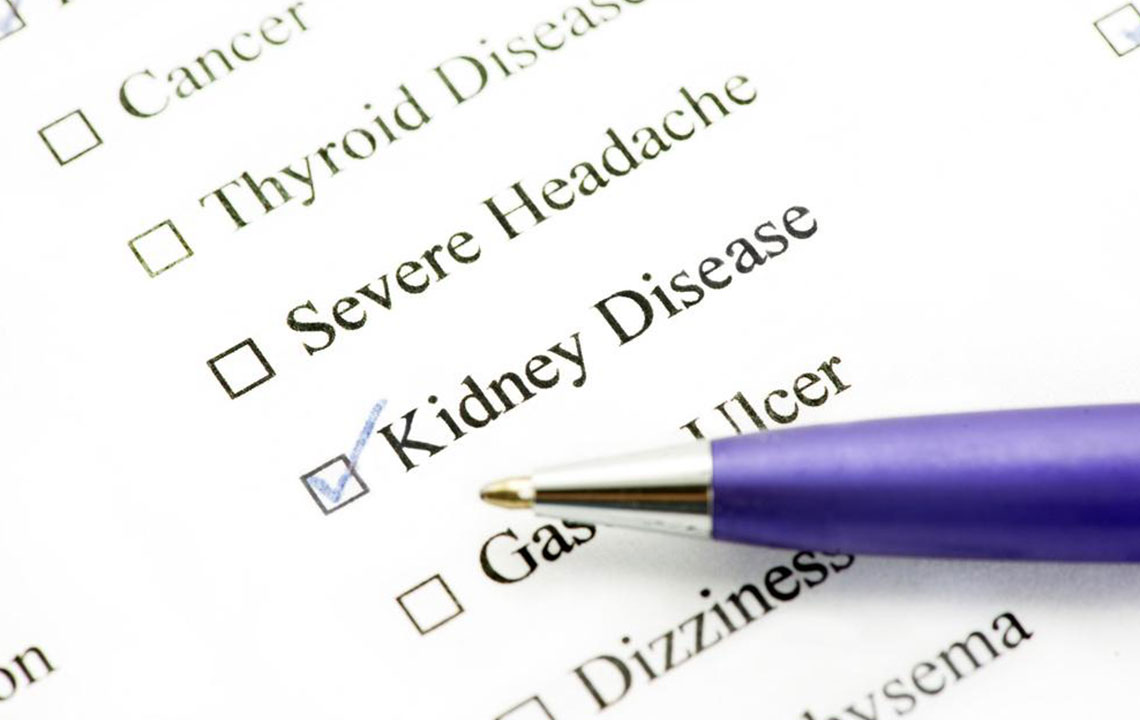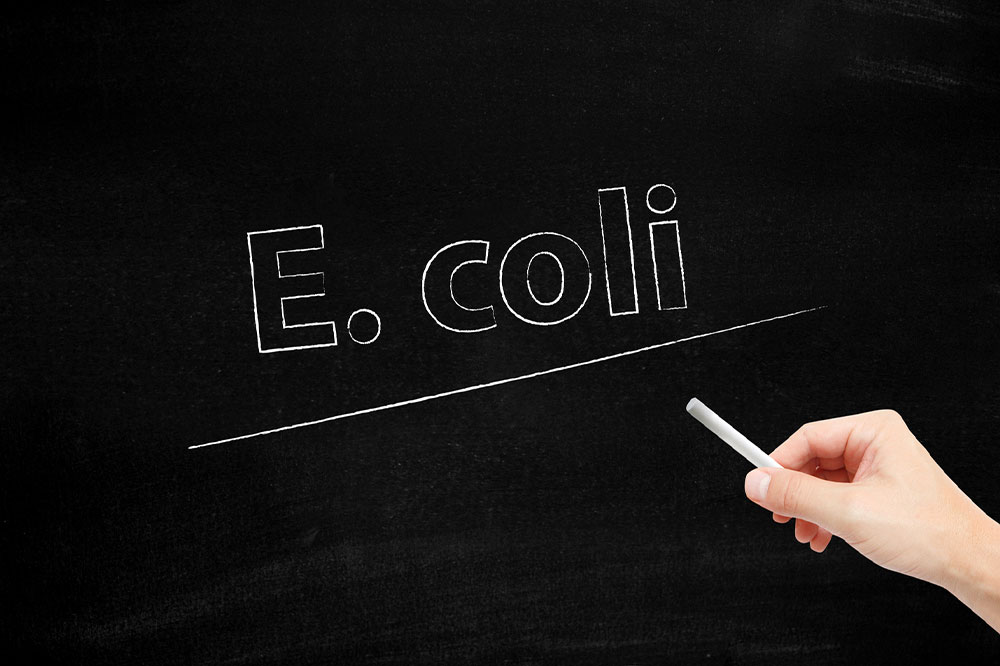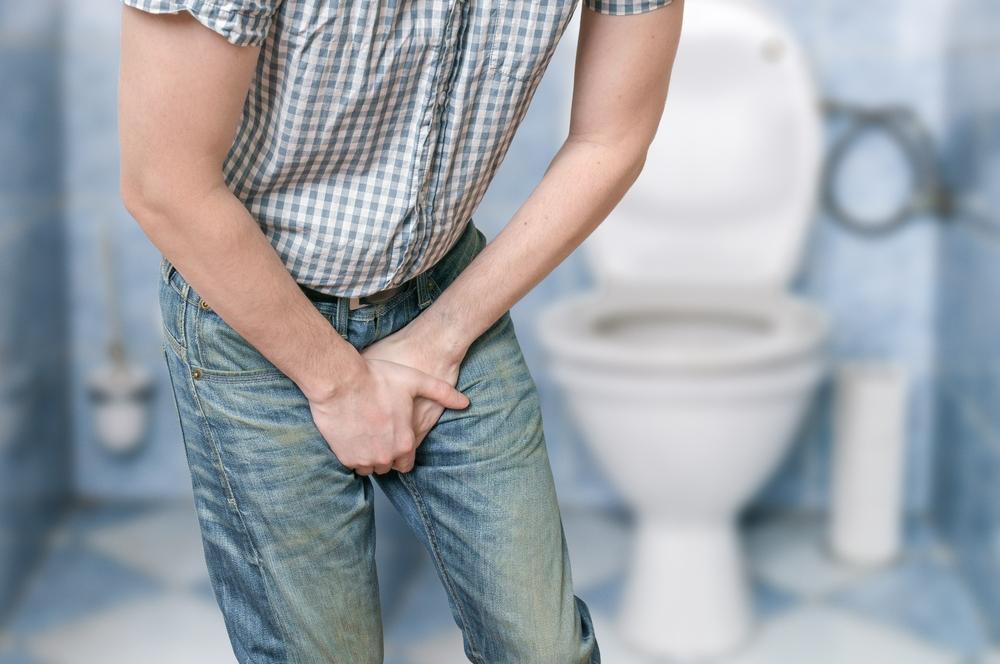Understanding Common Causes of E. coli in Urine Infections
This article explores common causes of E. coli infections in urine, emphasizing the importance of hygiene, food safety, and water sanitation. It highlights how poor practices and exposure to contaminated environments increase infection risk, especially for vulnerable groups. Preventive measures and awareness are vital to reduce E. coli-related urinary tract infections and associated complications.

Understanding Common Causes of E. coli in Urine Infections
E. coli bacteria naturally reside in our intestines, with most being harmless or beneficial. However, certain strains like E. coli O157:H7 can lead to infections. Early signs include diarrhea, abdominal discomfort, and fever. In severe cases, E. coli can lead to urinary tract infections, affecting the kidneys and causing serious health issues such as dehydration, bloody diarrhea, and kidney damage.
Identifying how E. coli enters the body is crucial for prevention. Common transmission routes include poor hygiene and contaminated water. Improper food handling, including unwashed ingredients and improper storage, raises infection risk. Drinking contaminated water or swimming in polluted waters can also cause infection. Additionally, poor personal hygiene and close contact with infected individuals, especially in communal settings, facilitate spread. People working with animals are also at increased risk, particularly young children, the elderly, and those with weakened immune systems. Maintaining hygiene and safe food and water practices are essential to reduce infection risk.
Preventing E. coli urinary infections requires awareness of contamination sources. Good hygiene, proper food handling, and safe water consumption are key. Regular handwashing, especially after bathroom use and before handling food, can significantly lower infection chances. Avoiding raw or expired foods and ensuring proper water sanitation further guards against E. coli. Recognizing high-risk groups such as children, the elderly, and immunocompromised individuals helps tailor preventive measures effectively. Staying vigilant about hygiene in communal spaces and animal handling environments also plays a vital role in reducing infection prevalence.










